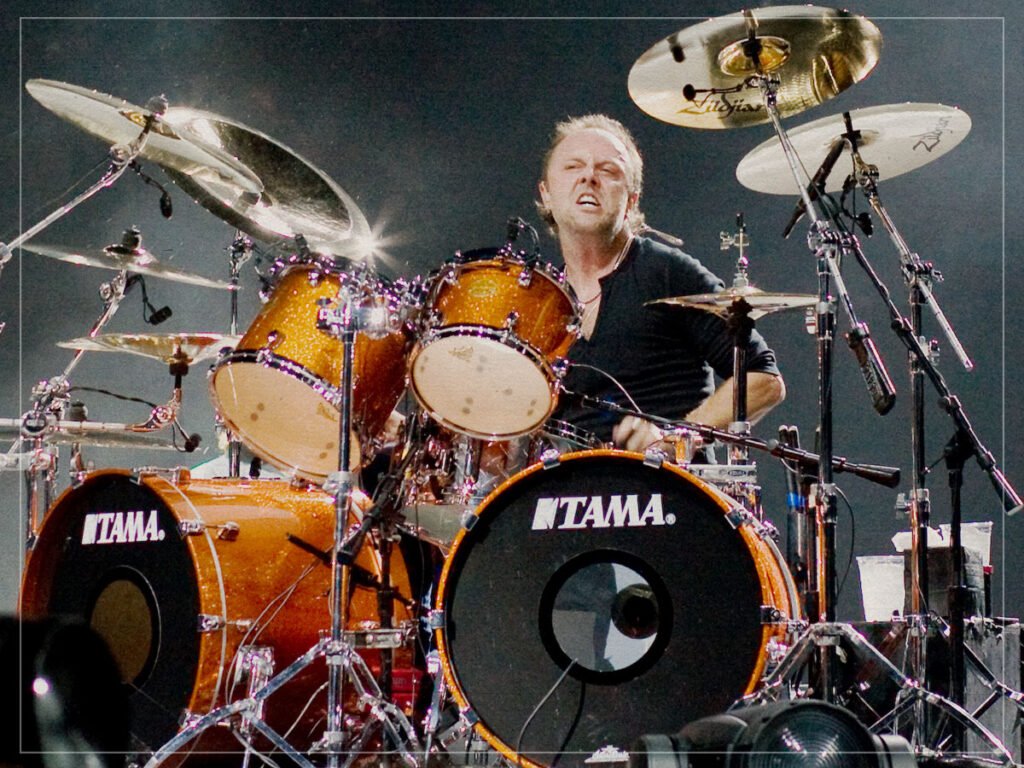
(Credits: Far Out / Kreepin Deth)
The beauty of rock and roll is that it never had a set definition to begin with. There are many similarities between what certain rock outfits sound like when looking at the guitar tones or the raw production of the record, but the core mentality behind all great music from the genre was about doing anything you wanted to do, regardless of what the traditional tastemakers have to say. And while Lars Ulrich helped carve out a specific place for Metallica, that was only after looking at the fearlessness he saw in his heroes.
Because, realistically, there’s no reason for a band of Metallica’s calibre to be one of the largest entities known to man. They had their place in the metal underground, but if anyone had the makings of what a great rock and roll outfit should be, no one would have expected songs that were eight-minute exercises would see time on the charts or become one of the most streamed metal songs of all time.
But that was why they worked so well. James Hetfield and Ulrich were unapologetically proud of wearing their influences on their sleeves, and when looking through some of their best material, it’s easy to see them trying out new ideas and see where it takes them. It may have been into a huge ditch on a record like St Anger, but that adventurousness was part of what made the journey fun.
And it’s not like the old guard of heavy metal wasn’t thinking the same thing, either. Black Sabbath never sounded the same from one record to the next, and Led Zeppelin took pride in never being fully categorised, but Deep Purple were the epitome of reckless abandon, and Ritchie Blackmore was the wild man of the group throwing caution to the wind whenever he performed.
Whereas most of Purple’s music didn’t click as much in the US beyond ‘Smoke on the Water’ when Ulrich moved to San Francisco, he knew that few could touch the badassery that Blackmore had onstage, saying, “It always felt like he was true to whatever mood and the moment. There was something very authentic about Blackmore, and I guess I’ve always been kind of attracted to rock’n’roll when it has elements of danger and unpredictability. That to me is the spirit of rock’n’roll, and he was the guy for me.”
That kind of wild spirit could be a little bit much sometimes, though. Blackmore was the biggest showman of the group, and while he could lock in with Jon Lord’s keyboards and make a jam that no one would have ever thought of, nothing was off the table when it came to trashing his gear, whether it was destroying his amp rig, playing the guitar with his ass, or setting fire to the entire stage when they played California Jam in 1974.
And whether you like it or not, that’s probably the reason why Ulrich’s drumming style is so unpredictable as well. He had never practised in the traditional sense, but looking at the relentless energy that Blackmore had, it was easy to see Ulrich doing the same thing in the early days, even if it meant not having the same sense of groove or being slightly out of sync with the rest of the group.
While Blackmore easily gave Ulrich the right to be a little bit sloppy when he played, it was never at the expense of getting the songs right. Anyone could have spent their days flying off the hand and creating absolute nonsense on their instrument, but even for as chaotic as his drum fills can be, there’s something about listening to ‘Master of Puppets’ that puts it a notch higher than any other metal song, and that comes down to Ulrich’s spontaneity.
Related Topics
The Far Out Music Newsletter
All the latest music news from the independant voice of culture.
Straight to your inbox.

